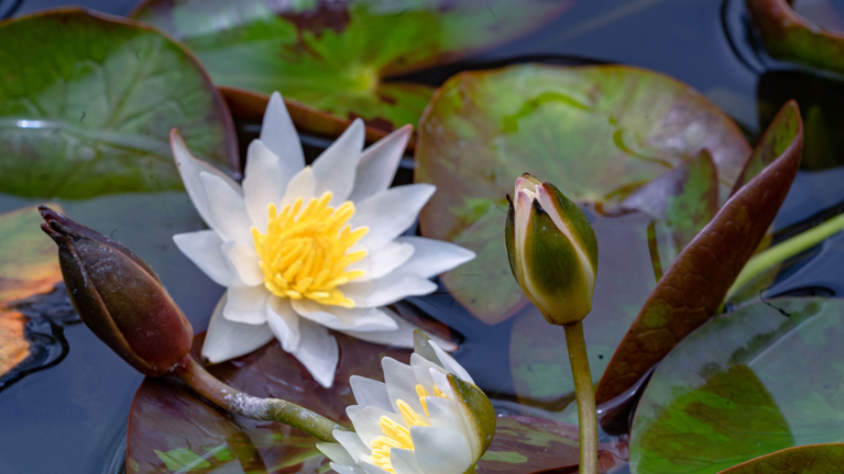World’s first “gene bank” for ancient ceramics to be built in China’s “porcelain capital” of Jingdezhen
China will build a “gene bank” for ancient ceramics in Jingdezhen city, in east China’s Jiangxi Province, the Jingdezhen Imperial Kiln Museum recently announced.
The gene bank, which will be co-built by the museum and several prestigious domestic universities and research institutes based on data from nearly 20 million pieces of ancient ceramics specimens, will be the first of its kind in the world.


Photos show a piece of ancient blue and white porcelain and information about it. (Photo courtesy of the interviewee)
Since the 1980s, the Jingdezhen Imperial Kiln Museum, together with the Jiangxi Provincial Institute of Cultural Relics and Archaeology, the School of Archaeology and Museology of Peking University, the Palace Museum and other institutes, have conducted over 30 archaeological excavations at ancient kiln sites in Jingdezhen, a world-famous ceramics production center known as China’s “porcelain capital,” and together have accumulated about 20 million pieces of ancient ceramics specimens.
With the help of equipment that includes energy-spectrum electron microscopes, Raman spectrometers, and X-ray fluorescence analyzers, over 100 pieces of “genetic” information can be traced from just a single piece of an ancient ceramic fragment, offering details about the body, material, and firing temperature, among other parameters, according to Weng Yanjun, president of the Jingdezhen Imperial Kiln Museum.
Weng added that the project is expected to help retrieve information on the firing process and raw material formulas used in ancient ceramics specimens.

A researcher displays a specimen of ceramics from the Chenghua period (1465-1487) of the Ming Dynasty (1368-1644). (Photo/Wang Kaifeng)
Researchers will then produce “genetic” specimens in both physical and digital formats. “We plan to spend one year and a half on completing the first batch of nearly 10,000 specimens of ceramics from the imperial kilns of the Ming Dynasty (1368-1644),” said Weng. After that, researchers will take three to five years to complete all the specimens of ceramics unearthed in Jingdezhen over the years.
After the completion of the “gene” bank, information about the ceramics specimens will then be shared, Weng introduced.
This information can be used to build elaborate models of the ceramics specimens for purposes such as displaying at exhibitions and facilitating the protection of cultural relics. Once rendered digitally, the specimens can be 3D printed.
Meanwhile, this information will help lay the foundation for the development of ceramic-related cultural and creative products along with the construction of digital museums.
“After the completion of the ‘gene’ bank, we’d like to carry out active cooperation with academic institutions at home and abroad,” Weng said, adding that they would also like to foster research projects on global ceramics civilization and build an international platform for ceramics-related cultural exchange.
Photos
Related Stories
- China’s first “gene bank” for ancient ceramics inaugurated in Jingdezhen
- China to build "gene bank" of ancient ceramics
- Centuries-old ceramics town embraces innovation
- Chinese descendants from Ho Chi Minh come to visit Foshan for the first time
- Tracing trade links through ceramics
- Across China: Chinese ceramics capital attracting foreign artists
Copyright © 2022 People's Daily Online. All Rights Reserved.









